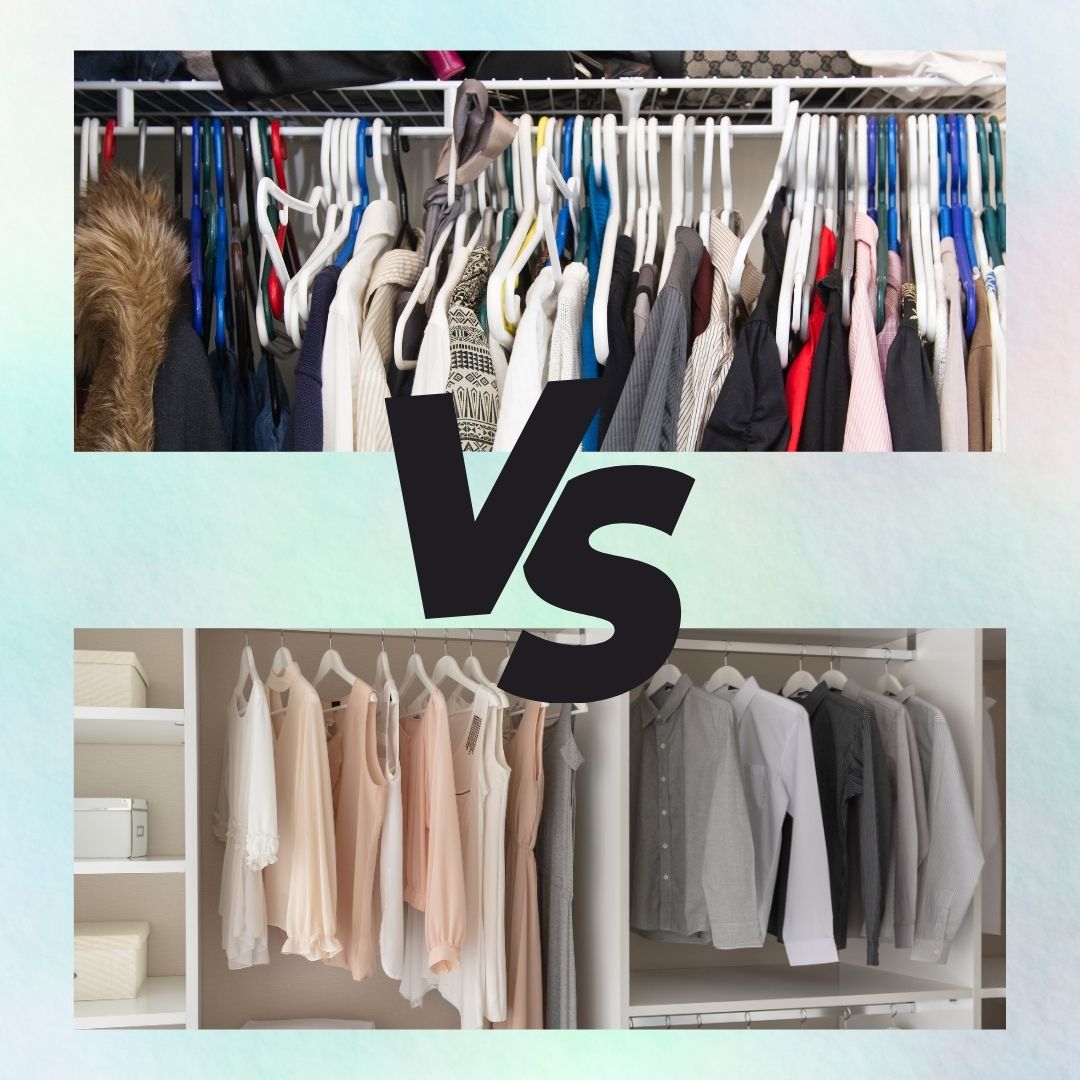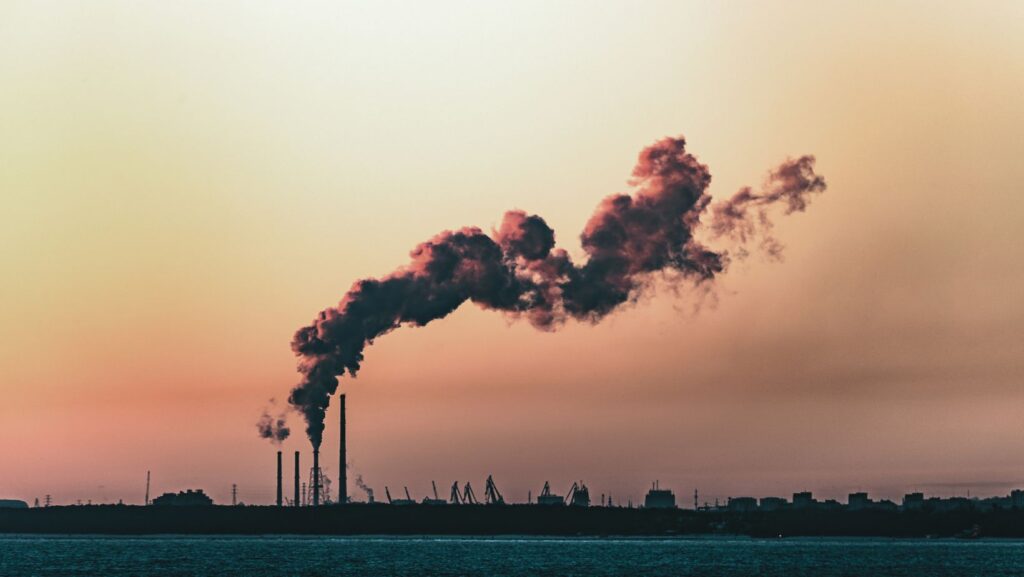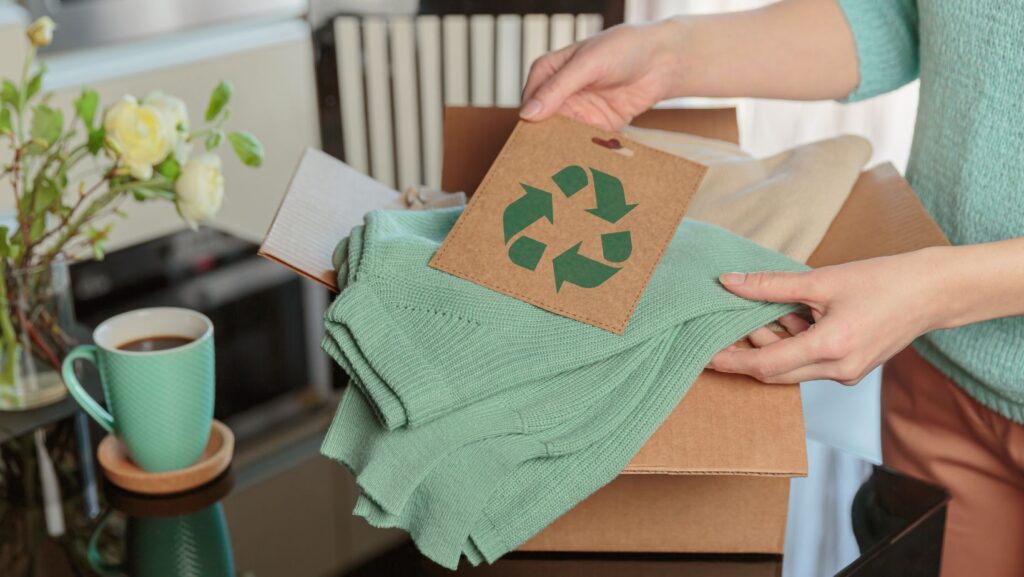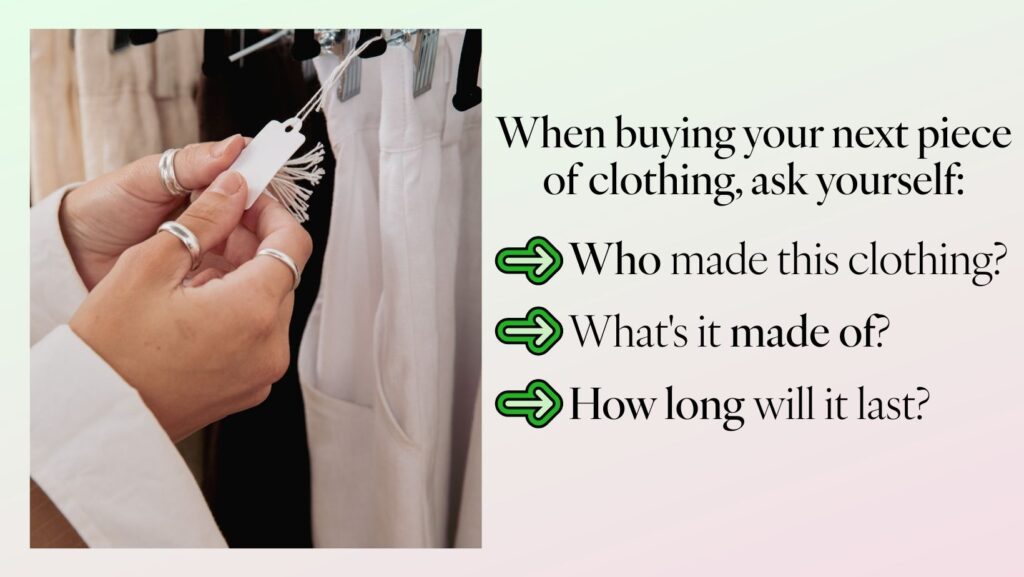
You’ve probably seen it before: a trendy top for $7, jeans for $15, or entire outfits for less than the cost of lunch. Fast fashion has made clothing more affordable and accessible than ever, but at what cost? The debate of fast fashion vs sustainable fashion highlights a stark contrast: while fast fashion prioritizes speed and low prices, sustainable fashion focuses on ethical production and environmental responsibility.
As tempting as those markdown prices are, the cost of fast fashion reaches far beyond your wallet. Behind the discounts lies destruction of the climate, inhumane working conditions, and a throwaway culture that’s spiraling out of control. What’s so bad about fast fashion isn’t what it costs to make—it’s what it costs the world and the people making it.

The fashion sector generates around 10% of the world’s carbon emissions and 20% of the world’s wastewater, as per the United Nations Environment Programme. That is more than the emissions from overseas flights and shipping combined. Fast fashion does that through mass production, low-cost materials, and rapid turnover rates that encourage consumers to dispose of clothing after several uses.
For example, to produce a single cotton shirt, it requires approximately 2,700 liters of water — the same quantity of water a person drinks over two and a half years. Then multiply this by the billions of garments produced annually. However, choosing organic cotton over conventional cotton can help mitigate some of this environmental impact. Organic cotton is grown without synthetic pesticides or fertilizers, which helps preserve soil health and reduces water contamination. It also typically uses less water, especially when grown in rain-fed regions, and promotes biodiversity through more sustainable farming practices. By supporting organic cotton, you can reduce your carbon footprint and contribute to a cleaner, more ethical fashion industry.
The human toll is no less chilling. All but a few fast fashion brands draw from factories in countries where labor is cheap and regulation is thin. Employees—typically women—are underpaid and subjected to dangerous working conditions. The 2013 Rana Plaza factory collapse in Bangladesh, which killed over 1,100 garment workers, is one of the most gruesome instances of such a reality. The incident marked a major turning point in the industry, as of 28 February 2023, there were approximately 1,201 registered trade unions in the garment sector; 97% of these were active.
Despite promises from companies to improve workers’ conditions, exploitation continues to be reported. The Guardian, in a 2021 investigation, discovered that Leicester garment factory workers in the UK who produced Boohoo clothing were being paid £3.50 (less than $5) an hour, below the minimum wage.
So what’s the alternative? The drive for fast fashion versus sustainable fashion is on the rise, with increasingly consumers demanding accountability and transparency. Sustainable fashion prioritizes ethical production, high-quality materials, and longer-lasting clothes. Although sustainable products may be pricier initially, they are more economical and much more ethical over the long haul.

These companies, like Patagonia and Reformation, value ethical labor, use sustainable materials, and offer repair or recycling. Transparency matters to them as well, publishing detailed sustainability reports so that consumers can make informed choices.
Breaking up with fast fashion isn’t giving up style or self-expression. It’s buying with intention—buying quality over quantity, supporting ethical brands, and taking good care of what you already own.
The next time you’re tempted by a $5 t-shirt, ask yourself: Who made this? What’s it made of? How long will it last?

Rethinking our habits isn’t just good for the planet—it’s a liberating step toward a more equitable, more conscious world.


Be the first to know about the newest additions to our shop and the latest news on our blog!
Veganist’s mission is to inspire and empower mindful living by curating high-quality, ethical, and vegan products that are kind to the planet, animals, and people.

Subscribe to the Veganist newsletter for specials, announcements, and new additions to our shop!